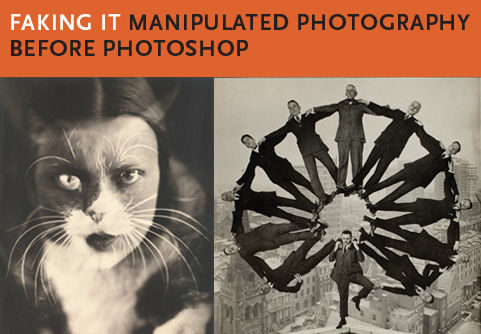I am pleased to annouce that Kelburn Normal School's Centennial history book is now available. Jo from Carterworks was responsible for image digitisation, restoration and retouching.
LOOK
BACK OVER KELBURN NORMAL SCHOOL’S FIRST 100 YEARS!
Kelburn
Normal School - Celebrating 100 Years
is a brand new 150+ page, fully bound, hard-cover photographic book charting
the school’s first 100 years (1914-2014).
Using
previously published historical information, newly sourced
personal memories from some of the thousands of pupils who have passed
through its doors, and hundreds of photographs from the school and national
archives, it’s a fascinating look back at Kelburn Normal School.
The
book is chock-full of images of the school and its pupils from the past 100
years. Is your child, parent or great/grandparent within its pages? Many have
already found theirs!
Priced
at $70, the Kelburn Centenary Committee is selling the book at cost, with no
profit for the school. Postage ($7.50 in New Zealand) is additional, or
books can be picked up from the school’s office for free.
28th June: A new shipment of books has just arrived so if you have not already ordered now is a good time to place an order at https://www.kns100book.co.nz/
We hope you enjoy looking back over the first 100 years of Kelburn Normal School.







.jpg)








